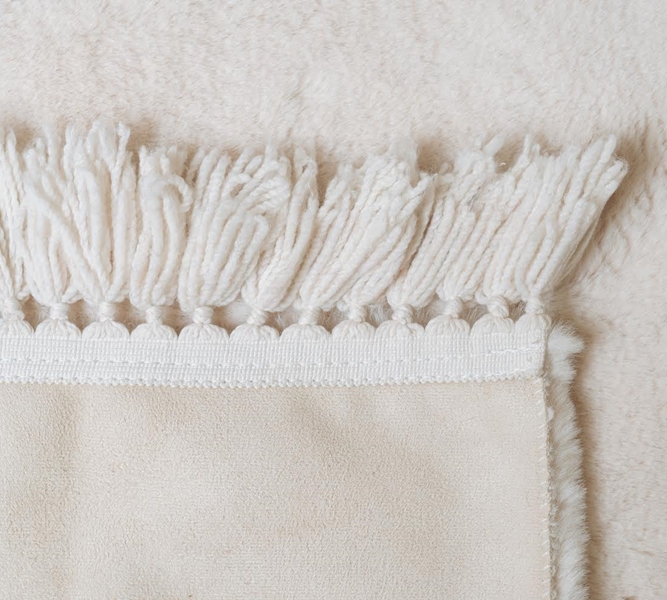In Islam, the prayer rugs has a powerful symbolic meaning and is traditionally taken care of in a holy manner. It is disrespectful for one to place a prayer mat in a dirty place as Muslims have to be clean to show their respect to God. A Muslim prayer rug represents Islamic symbolism, architecture, and the promise of paradise and eternity. The different Muslim tribes or groups would work hard at making the most memorable creation. Well-maintained magnificent pieces of prayer rug will increase in reverence and value. The prayer rug gift shows a sense of unity and brotherhood among the Muslim community strengthening social bonds.
Creation of Islamic prayer rugs under Muslim rule
The most important design in carpet weaving under Muslim rule was the creation of Islamic prayer. Prayer rugs are necessary for prayer that is required in the practice of Islam. The prayer create a special and private space for Muslims whose aim is to silently communicate with the Almighty. The prayer rug is to convey important religious themes. Islamic carpets also known as oriental rugs are heavy textiles that are usually hand-woven and hand-knotted and serve both artistic and utilitarian objects. Carpet weaving is an important activity in many Islamic countries in North, Africa, Asia, and the Middle East. Akimusalat has used rationally natural dyes for prayer rugs although some synthetic dyes have also been incorporated.
Islamic Prayer Rugs Promote Humanity and Equality Among Muslims

Prayer Rugs
Akimusalat’s first aim is to promote humanity and equality among Muslims through their rugs. Islamic prayer rugs promote humanity and equality among Muslims in several ways.
Equal Status
When all Muslims praying regardless of their social status wealth or position use a similar prayer rug of Akimusalat signifying equality before God.
Humble Prostration
The act of prostrating on a prayer rug with one’s forehead touching the ground is a physical manifestation of humility and submission to Allah.
Simple and Unadorned
Akimusalat traditional Islamic prayer rugs are often simple and unadorned encouraging worshippers to focus on their spiritual connection rather than material possessions.
Shared Space
In mosques, homes, and other prayer gatherings Muslims often pray side by side on Akimusalat identical prayer rugs fostering a sense of community and equality.
Symbolic Unity
Akimusalat Islamic prayer rugs represent common spiritual practices uniting Muslims across cultures and backgrounds in their devotion to Allah.
What are Suitable Mosque Prayer Rugs in Islam?
According to Islamic rules, suitable mosque prayer rugs are those that provide a clean and dignified place for worshippers to perform their daily prayer. When Muslims want to select a mosque prayer rug, they consider some important points, and they choose a rug that is specifically designed. Muslims ensure that rugs are comfortable and they will avoid rugs with intricate patterns or images that may distract from the prayer. The most important point of prayer is the intention and devotion of the Muslims not the martial or design of the prayer rug.
